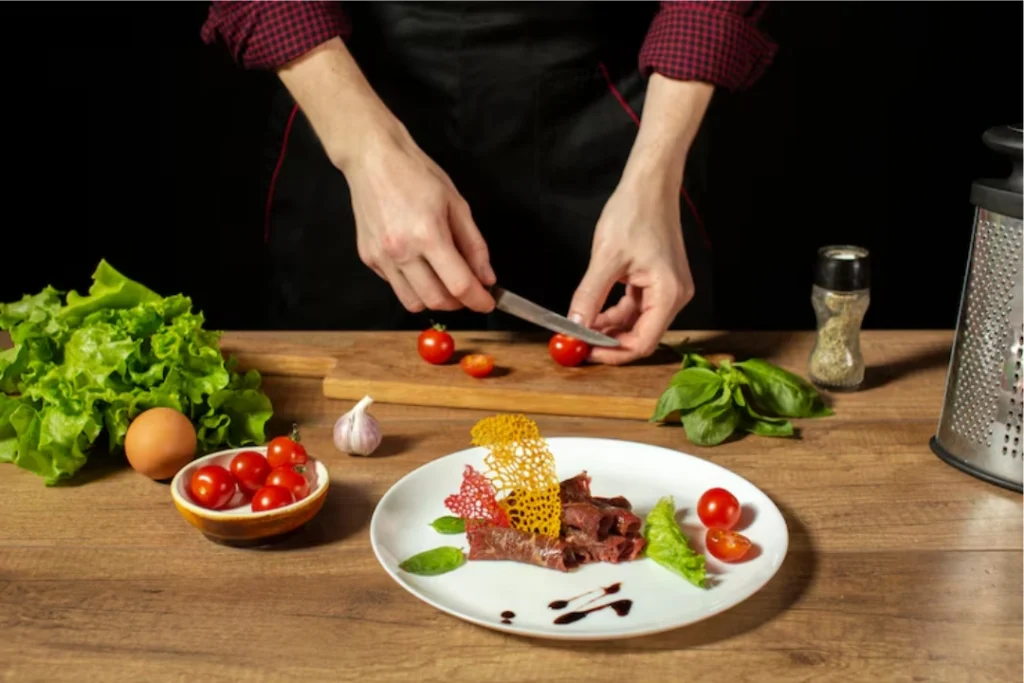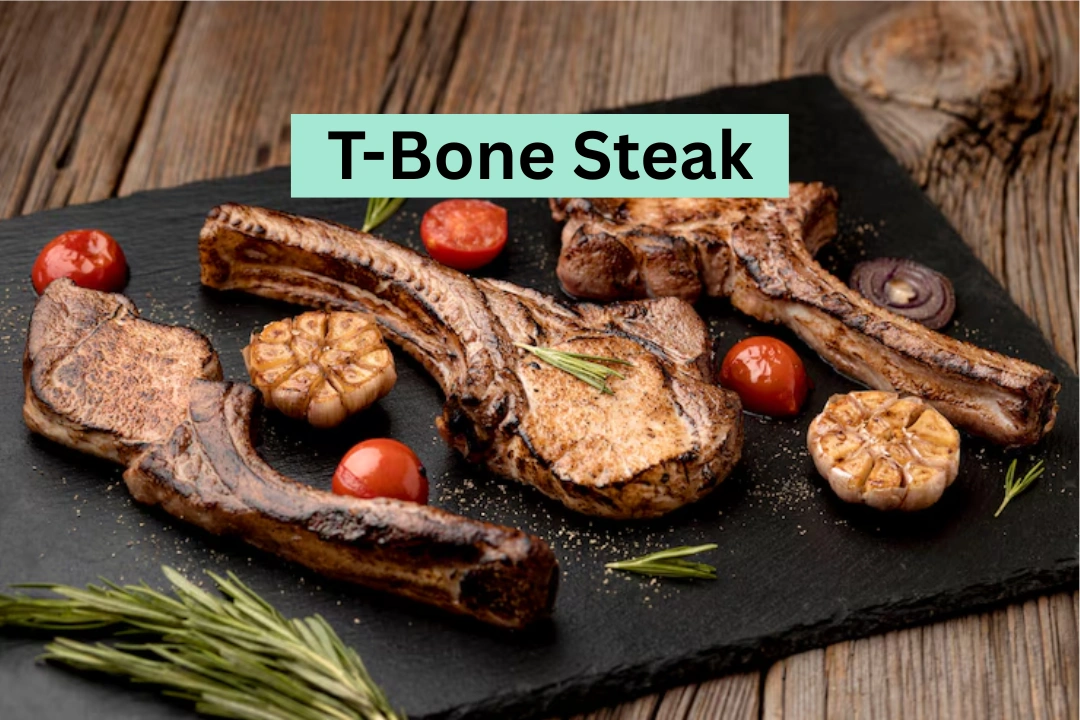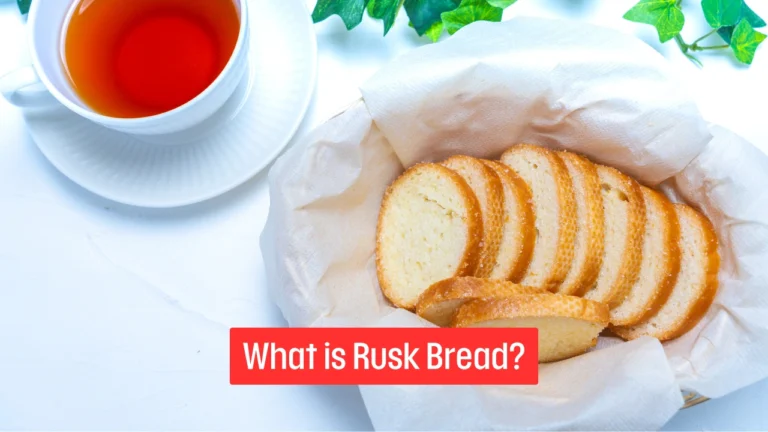The Ultimate Guide to T-Bone Steak
The T-bone steak is a prized cut of beef, celebrated for its unique combination of tenderness and flavor. Its distinctive T-shaped bone separates two different types of meat: the tenderloin and the strip steak. This duality offers a delightful experience for steak enthusiasts, combining the best of both worlds in a single cut.
Anatomy of the T-Bone Steak
The T-bone steak is sourced from the short loin of the cow, located near the spine. On one side of the bone lies the tenderloin, known for its buttery texture, while the other side features the strip steak, appreciated for its robust flavor. This combination makes the T-bone a favorite among meat lovers. The size of the tenderloin portion distinguishes the T-bone from the porterhouse steak. According to the USDA, a porterhouse must have a tenderloin at least 1.25 inches wide, whereas a T-bone’s tenderloin is at least 0.5 inches wide.
Nutritional Profile
A typical 8-ounce T-bone steak provides a substantial amount of protein and essential nutrients. Here’s a breakdown:
| Nutrient | Amount per 8 oz |
|---|---|
| Calories | 656 |
| Protein | 56g |
| Total Fat | 45.3g |
| Saturated Fat | 18.9g |
| Iron | 7.5mg |
| Potassium | 562.1mg |
This steak is not only flavorful but also a good source of iron and potassium, contributing to a balanced diet.
Cooking the Perfect T-Bone Steak

Achieving the ideal T-bone steak involves attention to detail and proper technique. Whether grilling, broiling, or pan-searing, the goal is to cook the meat evenly while preserving its natural juices.
Grilling
Grilling is a popular method for cooking T-bone steaks. Preheat the grill to high heat. Place the steak on the grill, positioning the tenderloin side away from the hottest part to prevent overcooking. Sear each side for about 4-5 minutes, depending on thickness, to achieve a medium-rare finish.
Pan-Searing
For pan-searing, use a heavy skillet over high heat. Season the steak with salt and pepper, then sear each side for 3 minutes until a golden crust forms. Transfer the skillet to a preheated oven at 415°F and cook for an additional 3-4 minutes for medium-rare.
Resting
After cooking, let the steak rest for 5-10 minutes. This allows the juices to redistribute, ensuring a moist and flavorful bite.
Cultural Significance
In Italy, the T-bone steak is central to the traditional dish Bistecca alla Fiorentina. This preparation involves grilling a thick-cut T-bone over a wood fire, seasoned simply with salt and olive oil. It’s typically served rare and shared among diners, highlighting the communal aspect of Italian dining.
Best Seasonings for T-Bone Steak
The flavor of a T-bone steak can be elevated with the right seasonings. While salt and black pepper are the classic go-tos, adding garlic powder, onion powder, and a pinch of smoked paprika can enhance the steak’s natural flavor. Fresh herbs like rosemary and thyme also bring a fragrant, savory finish. For best results, season the steak at least 30 minutes before cooking to allow the spices to penetrate deeply.
How to Store and Freeze T-Bone Steak
Proper storage is essential to maintain the freshness of your T-bone steak. If you’re not cooking the steak immediately, store it in the coldest part of your fridge, ideally at 34°F to 38°F. Wrap it tightly in plastic wrap or butcher paper. If freezing, use a vacuum-sealed bag or freezer-safe container. Label it with the date, and consume it within six months for the best quality and taste.
Choosing a High-Quality T-Bone Steak
A good T-bone steak has well-defined marbling and a bright red color. Look for USDA Prime or Choice grades, as these offer better tenderness and flavor. The thickness should be at least 1 inch to ensure even cooking. Avoid steaks with a dry or brownish surface, which can indicate age or poor handling. Buying from a trusted butcher can ensure you get a fresh, premium-quality cut every time.
T-Bone vs Ribeye: What’s the Difference?
When it comes to choosing between a T-bone steak and a ribeye, it all depends on what you’re looking for in a cut of beef. The T-bone steak comes from the short loin and includes two distinct types of meat: the tenderloin on one side and the strip steak on the other. This gives you two textures in one tender and mild from the tenderloin, and firmer with a richer flavor from the strip.
The ribeye steak, on the other hand, is taken from the rib section of the cow. It’s well-known for its high fat content and abundant marbling throughout. This fat gives the ribeye its signature buttery taste and juicy texture. Unlike the T-bone, ribeye is usually boneless, though bone-in versions are also available and loved for their deep flavor.
T-Bone Steak in Popular Culture
The T-bone steak has long been featured in movies, TV shows, and pop culture. In the sitcom Seinfeld, Kramer famously ordered a T-bone to become Mr. T-Bone. Even in animated classics like Tom and Jerry, the steak appears as a cartoon symbol of luxury. Its distinct shape and size make it iconic, easily recognized and associated with indulgence and high-end dining.
Health Benefits and Considerations
While the T-bone steak is a delicious protein source, it should be eaten in moderation. It provides essential nutrients like iron, zinc, and B12, which support energy and immune function. However, it also contains high levels of saturated fat. To enjoy it healthily, balance it with vegetables and whole grains. Choosing grass-fed beef can also offer more omega-3 fatty acids and antioxidants.
Conclusion
The T-bone steak stands out as a premium cut that offers both tenderness and rich flavor. Its unique composition and versatility in cooking methods make it a favorite choice for steak enthusiasts. Whether enjoyed in a classic Italian dish or prepared on the grill, the T-bone delivers a satisfying and memorable dining experience.
FAQ
What part of the cow is the T-bone steak from?
It comes from the short loin near the spine.
Is T-bone steak better than ribeye?
T-bone offers two textures; ribeye gives more fat and flavor.







